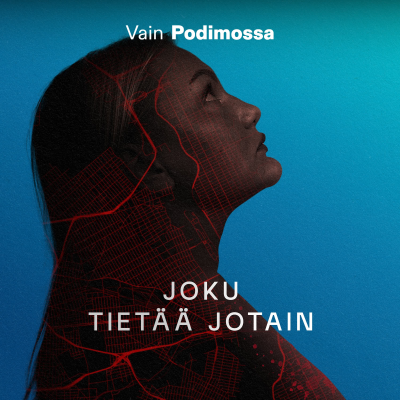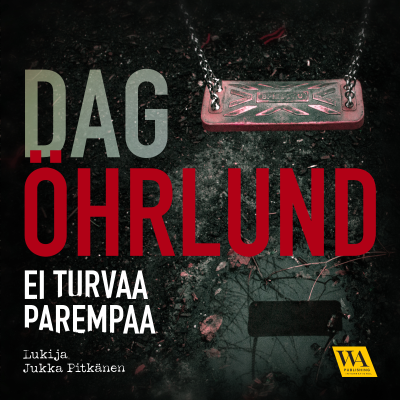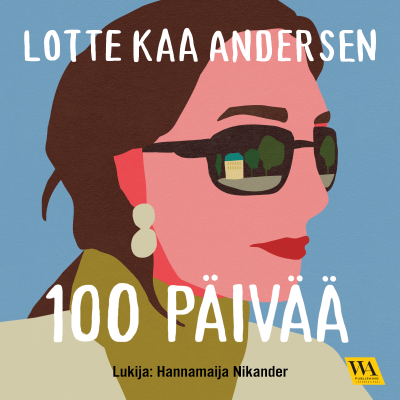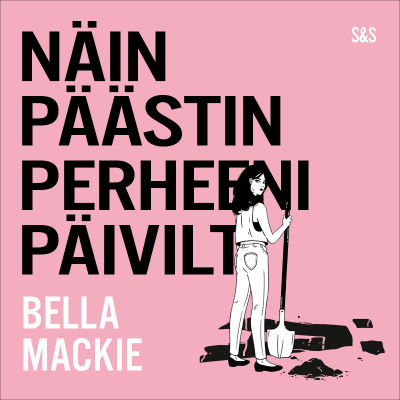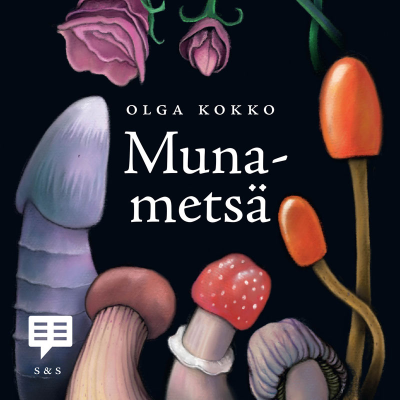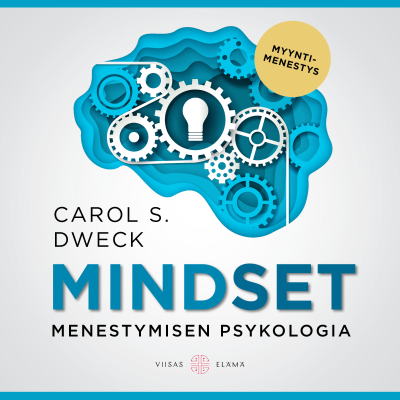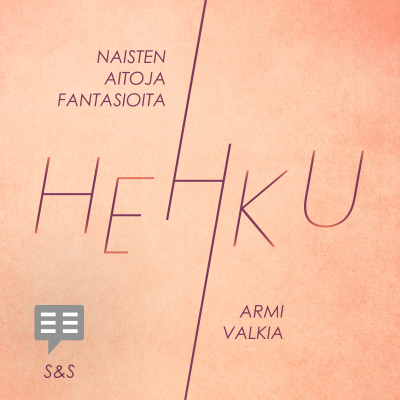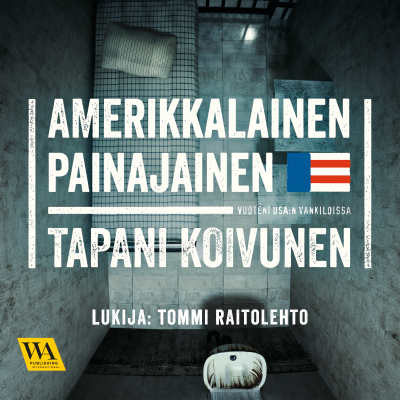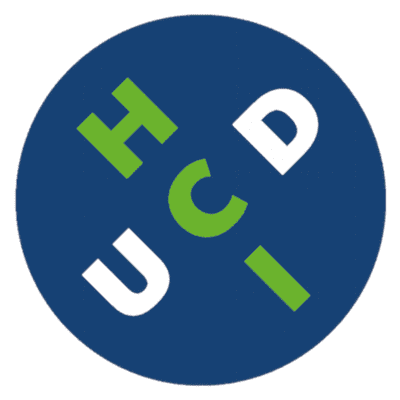
HCI @ UCD
englanti
Teknologia & tieteet
Rajoitettu tarjous
1 kuukausi hintaan 1 €
Sitten 7,99 € / kuukausiPeru milloin tahansa.
- Podimon podcastit
- Lataa offline-käyttöön
Lisää HCI @ UCD
A monthly interview with our HCI @ UCD seminar guests
Kaikki jaksot
14 jaksotNovember 2020: Shamsi Iqbal
As our work environments and work practices rapidly evolves as a result of the changing landscape of work, what we envision as the future of work is being fundamentally challenged. Research in the area of productivity and multitasking has to adapt to the changing world anticipating what the future may look like – in particular taking into account growing needs of balancing work and life. My research has focused on redefining productivity where doing work is no longer confined to being at a desk and the need to do things while on the go or while in divided attention scenarios continues to dominate. Our team at Microsoft Research has looked at how complex tasks can be done without having to allocate larger chunks of time, rather, make use of seemingly unusable ‘micromoments’ – by decomposing a task into smaller tasks that can be done in a few moments. This work brings together theories from cognitive science, human computer interaction and artificial intelligence. I will discuss a few ongoing projects in this area and present directions for research and product development.
January 2020: Brendan Spillane
Bias has been a factor of news since time immemorial. A wide range of studies have shown that for radio, television, print news, and online news, the production, dissemination and consumptions stages of the news cycle are rife with opportunities for its influence and effect. Three recent experiments demonstrate that the perception of bias in news articles online is impacted by their visual presentation, and that it can be predicatively impacted. This presentation will explore this phenomenon, highlighting the lack of underlying theory explaining judgements of bias. To begin, bias as a construct is examined demonstrating the need for a classification of biases including definitions of the term. Due to the lack of underlying theory the overarching domain of credibility is explored. Bias is a core dimension of credibility, especially when judging news online. Credibility is often defined in terms of believability and or as a multi-dimensional construct. Ten cognitive models, theories, frameworks and schematics which explain how users judge the credibility of information online are briefly examined. Most of these highlight the importance of the visual presentation of the information. Many of them are built on underlying theory provided by the Elaboration Likelihood Model (ELM) and the Heuristic Systematic Information Processing Model (HSM), two of the Dual Process Models of Persuasion. In general, these maintain that humans process information via two routes, a conscious route and a preconscious route. The ELM and HSM are built on foundational work in psychology such as the Controlled and Automatic Human Information Processes (C&AHIP). The richness and lineage of theory for credibility throws into stark contrast the lack of theoretical underpinnings for judgements of bias.
November 2019: Anna Cox
Anna Cox joins from University College London’s Interaction Centre to discuss habit formation, work life balance, and ongoing labour issues in academia.
October 2019: Sarah Foley
Focusing on the person with advanced dementia as a social being presents a new opportunity for Experience-Centered Design (ECD), opening design to appreciate the agency and intentional actions of the person with advanced dementia.
October 2019: Sarah Foley
Focusing on the person with advanced dementia as a social being presents a new opportunity for Experience-Centered Design (ECD), opening design to appreciate the agency and intentional actions of the person with advanced dementia.
Valitse tilauksesi
Rajoitettu tarjous
Premium
Podimon podcastit
Lataa offline-käyttöön
Peru milloin tahansa
1 kuukausi hintaan 1 €
Sitten 7,99 € / kuukausi
Premium
20 tuntia äänikirjoja
Podimon podcastit
Lataa offline-käyttöön
Peru milloin tahansa
30 vrk ilmainen kokeilu
Sitten 9,99 € / month
Premium
100 tuntia äänikirjoja
Podimon podcastit
Lataa offline-käyttöön
Peru milloin tahansa
30 vrk ilmainen kokeilu
Sitten 19,99 € / month
1 kuukausi hintaan 1 €. Sitten 7,99 € / kuukausi. Peru milloin tahansa.

